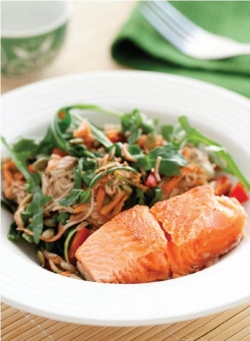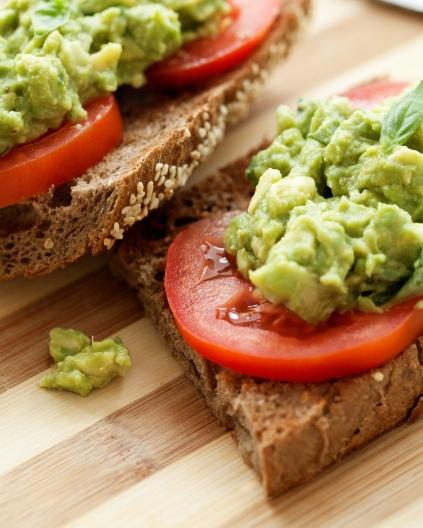Introduction
Iodine is an essential trace element and an integral component of thyroid hormones. Thyroid hormones are required for normal growth and development of tissues and maturation of our bodies. Iodine deficiency is the most common preventable cause of intellectual disability in the world; obtaining iodine through the food supply is therefore paramount.
Iodine deficiency has re-emerged in Australia with the introduction of new practices of sanitisation in the dairy industry and a decline in use and consumption of iodised salt.
Iodine deficiency
Iodine Deficiency Disorders (IDD) can affect growth and development. IDDs include:
Goiter
Very low levels of iodine intake (50µg/day) are associated with goiter, which presents as an enlarged thyroid gland. Other symptoms may include dry skin, fatigue and hair loss.
Congenital hypothyroidism
Severe iodine deficiency (30µg/day) during pregnancy can lead to congenital hypothyroidism (formerly cretinism) in newborns. This syndrome is characterised by impaired neurological function, physical deformities and stunted growth.
Remember:
- Iodine is an essential nutrient for normal growth and development.
- Iodine deficiency has re-emerged in Australia following changes to sanitation in the dairy industry.
- Iodine deficiency disorders including goiter and congenital hypothyroidism can affect growth and development.

Salmon and soba noodle salad recipe
Not only is this salmon and soba noodle recipe quick and easy, it can help meet your iodine requirements and it tastes great!
How much iodine do I need?
Iodine recommendations by age
| Age group (males and females) | Recommended Dietary Intake (RDI)1 |
|---|---|
| 1-3 years | 90µg/day |
| 4-8 years | 90µg/day |
| 9-13 years | 120µg/day |
| 14-18 years | 150µg/day |
| 19+ years | 150µg/day |
Pregnant and breast-feeding women may require iodine supplementation, though consultation with a doctor is recommended before commencing any supplementation program.
Food sources of iodine
Sources of iodine include seafood, iodised table salt and bread. Marine foods, including fish (e.g. tinned salmon) and shell fish (e.g. oysters) are the best sources of iodine.
The iodine content of plants and vegetables is dependent on the environment and soil in which they are grown.
Historically, dairy foods contained high levels of iodine due to the sanitisers used in dairy processing which contained iodophors. These sanitisation techniques have been phased out of the processes now involved in the sterilisation of dairy equipment. As a result, dairy products are a less reliable iodine source.
In Australia, iodine fortified salt contains high levels of iodine. However, use of iodised salt has reduced due to increased awareness of the association between high salt consumption and hypertension. As of October 2009, Australian bakers are required to replace regular salt with iodised salt in the baking of bread. Prepackaged breads must list iodised salt as an ingredient on product labels, however, unpackaged bread does not require such labelling. Bakers are required to provide information regarding the use of iodised salt to customers on request.
Remember:
- Sources of iodine include seafood, iodised table salt and bread. Marine foods, including fish (e.g. tinned salmon) and shell fish (e.g. oysters) are the best sources of iodine.
- Changes in sanitation processes in the dairy industry have reduced iodine content of dairy products.
- Australian bakers are now required to use iodised salt in the baking of bread.

Smashed avocado with feta on sourdough recipe
Looking for a fast and nutritious breakfast or snack? Whip up this beauty on wholegrain bread for tasty treat that also provides you with some of your iodine requirements for the day!
Iodine content of common foods
| Food | Iodine content (µg per 100g) |
|---|---|
| Oysters | 160 |
| Sushi (containing seaweed) | 92 |
| Tinned salmon | 60 |
| Bread (made with iodised salt) | 46 |
| Steamed snapper | 40 |
| Cheddar cheese | 23 |
| Eggs | 22 |
| Yoghurt | 16 |
| Regular milk | 13 |
| Tinned tuna | 10 |
| Bread (without iodised salt) | 3 |
| Beef, pork, lamb | <1.5 |
| Tap water (varies depending on site) | 0.5-20.0 |
| Apples, oranges, grapes, bananas | <0.5 |
1 Source: https://www.nrv.gov.au/nutrients/iodine




